How We Work With Our Clients
How We Help Organizations Create Lasting Behavioral Change
We’ve been custom-designing and building programs for clients for decades.
During that time, we’ve dialed in our process for developing focused training programs that produce both immediate and enduring results.
At its core, our process is about partnering with our clients to develop and implement effective solutions that identify and address the core issue. Instead of delivering generic and off-the-shelf programs, we’re committed to working closely with your organization to achieve concrete and measurable results.
Step 1:
Discovery
First, we work with you to identify the specific issues you need to address and specific objectives you want to achieve. We have a conversation with you where we talk through what’s going on in your organization and/or business unit to help determine the root issue.
Step 2:
Roadmap
Once we’ve identified the root issue, we work together to develop a concrete roadmap to achieve your objectives. We consider several factors, including:
-
Pinpointing the specific skills and behaviors your team members need to develop and implement to achieve the previously identified objectives.
-
Identifying learners for whom the workshop would be appropriate—specifically who needs to develop these skills and behaviors to achieve the desired outcome.
-
Formulating recommendations on the data we’ll collect and key metrics we’ll monitor so we can track how successful participants are in developing and sustaining skills and behaviors. Unlike many of our competitors, we collect data not only from training participants, but also their direct reports, managers, and/or peers.
Step 3:
Program Development
We work closely with your learning & development team throughout the entire development process to ensure that we’re on the right track to producing a targeted, highly-customized program that produces enduring results.
During this phase, we conduct extensive organizational research and develop a custom training program specifically designed to develop sustainable skills and behaviors that achieve the objectives we identified.
During the development process, we use three sources of information to produce a highly customized training program for your specific business unit and organization:
-
Conducting in-depth surveying to gather more specific information on the current behaviors the target audience is displaying. This helps us dial in on where they currently are, so we can build a program that gets them where they need to be.
-
Working with Subject Matter Experts (SMEs) in your organization, including key stakeholders, managers, and team members. During this process, we develop a more comprehensive picture of what’s going on inside the organization through qualitative data.
-
Asking participants to Identify real-life scenarios that have arisen in their jobs, rather than using off-the-shelf case studies. We use these scenarios as the basis for the role-playing exercises in which they practice the skills.
Step 4:
Training
The reason most training fails to produce lasting results is that it focuses on teaching concepts rather than developing skills.
Therefore, all of our programs incorporate our proprietary blend of intensive coaching, practice, and feedback not only with their peers, but also with our team of highly-skilled facilitators:
-
Research shows that hands-on practice is more likely to lead to permanent behavior change than simply learning concepts. For that reason, on average, participants spend two-thirds of the entire training actively practicing the skills and behaviors discussed in the training.
-
When participants are able to see themselves as others see them, they experience a visceral reaction and aha! moment essential for permanent behavioral change. We achieve these using our proprietary Video Lab process, which we’ve been using since 1989.
-
Using one facilitator for every four participants means each participant gets the individual attention they need, which takes the form of receiving focused coaching and feedback and role-playing real-life scenarios with the facilitator and with their peers. Each participant also receives feedback from his/her small-group peers.
-
We use real-life scenarios from participants, rather than off-the-shelf case studies, for them to practice the skills they’re learning. We dig into how those scenarios have gone in real life and then incorporate these scenarios into the role-playing practices so that participants can apply what they have learned immediately.
Step 5:
Sustaining Skills Post-Training
We have the data to prove that what happens in the training room produces immediate and lasting results, and we also know that learning and developing skills doesn’t stop when the training ends.
That’s why we emphasize reinforcing skills through ongoing practice and reflection using our proprietary app-based system for keeping behaviors and skills top-of-mind as participants return to their daily work:
-
App-based follow-up begins immediately after training and lasts for at least six months after the training ends.
-
By practicing key skills regularly, participants internalize these behaviors, creating lasting behavioral change.
-
Participants are prompted to understand and think through how implementing skills and behaviors from the training will help them achieve their desired outcome.
-
Our follow-up system helps participants identify concrete opportunities to implement skills introduced in the training and asks them to commit to using a specific skill in that scenario.
-
Much like the training program itself, we highly customize our follow-up framework to focus on the specific issues, objectives, behaviors, and skills that we emphasized in the training.
Step 6:
Evaluate Results & Recommend Next Steps
After the training has concluded, we survey participants to gather initial feedback that helps us to formulate recommendations for next steps, which may include repeating the training with different members of the same segment or expanding the training to include other units within the organization.
For many of our programs, we also conduct an additional survey of participants’ supervisors, peers and/or direct reports 6-9 months after the training has concluded. This survey helps us ensure that participants have sustained skills long-term.
Get Started
Ready to explore what it would look like to bring one of our programs to your organization? Complete the form to let us know, and we’ll get back to you ASAP.








